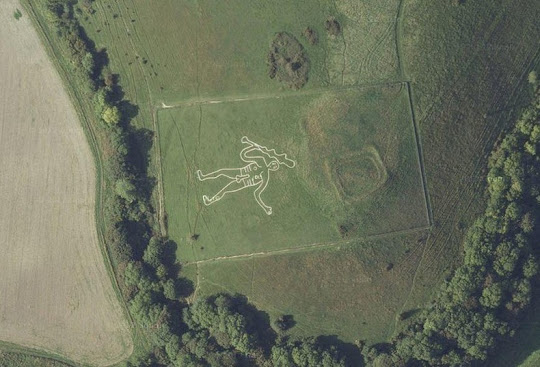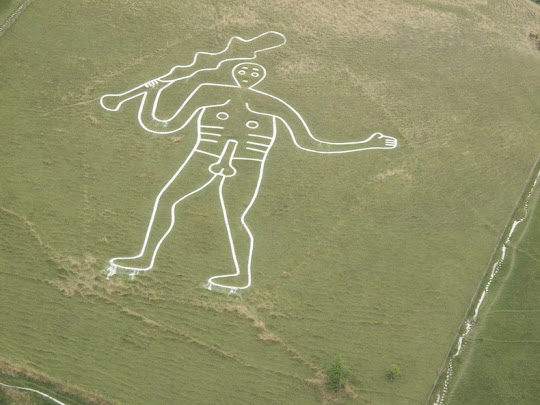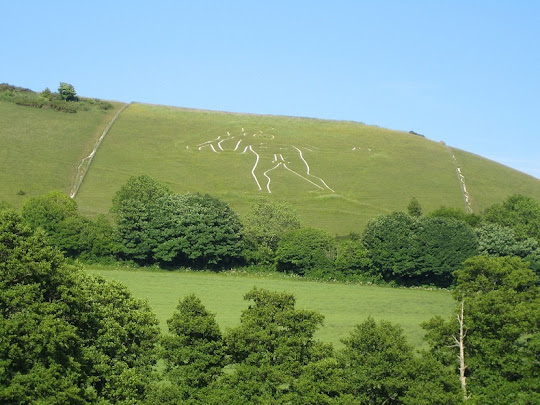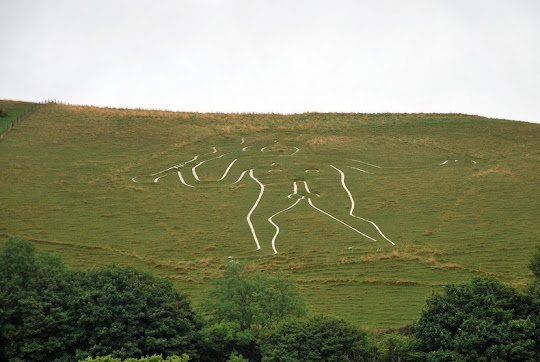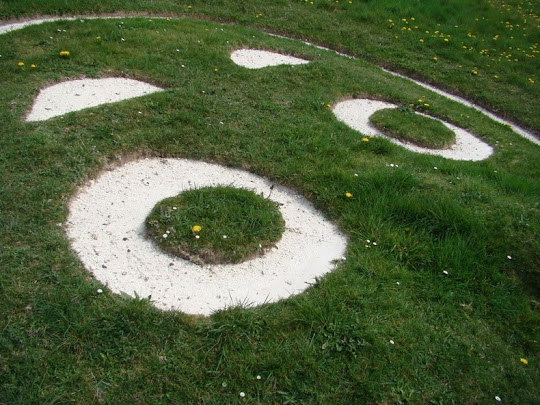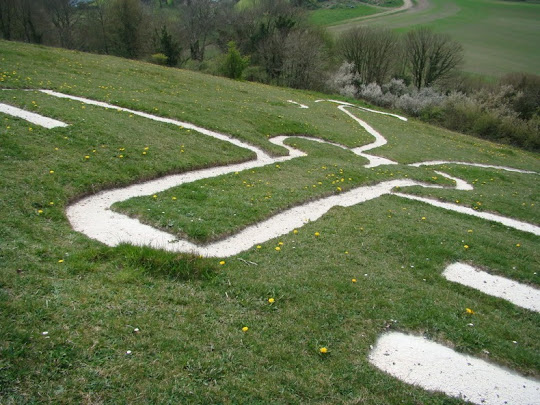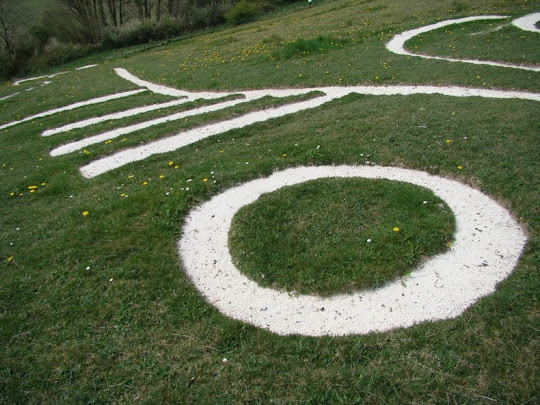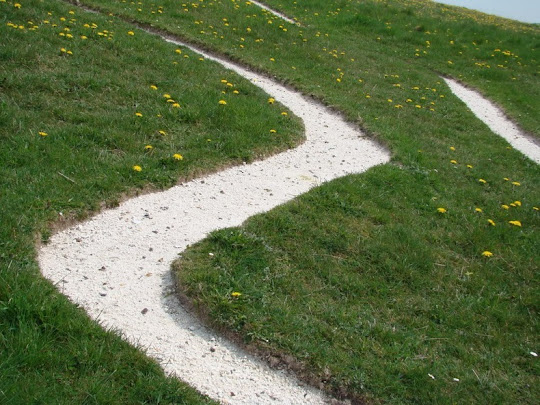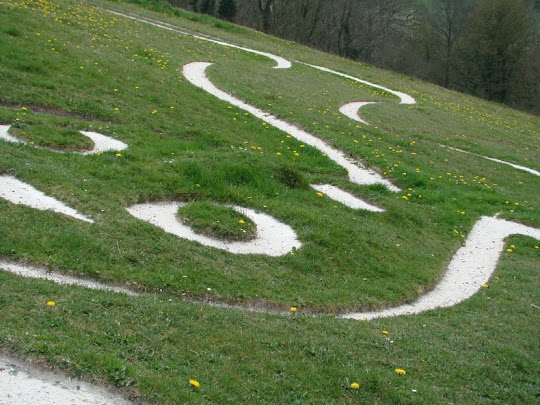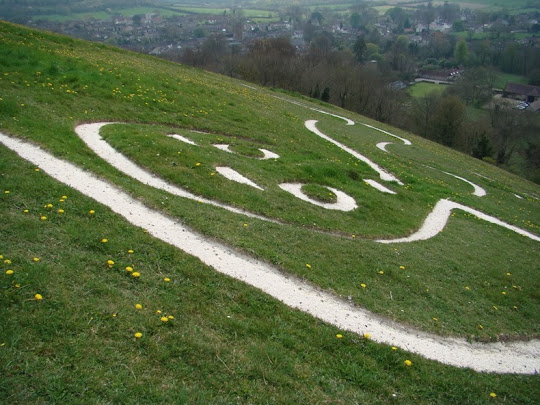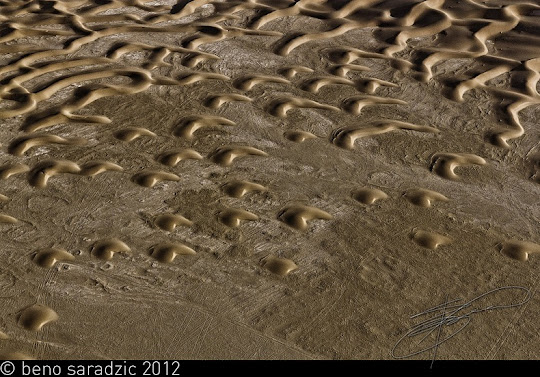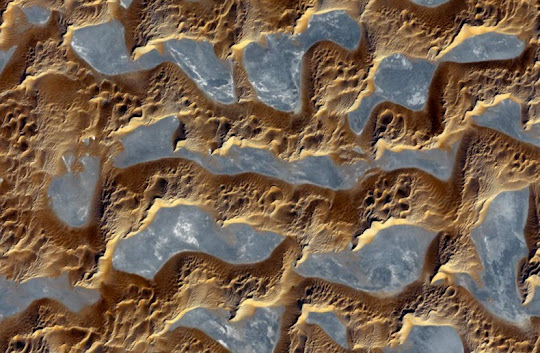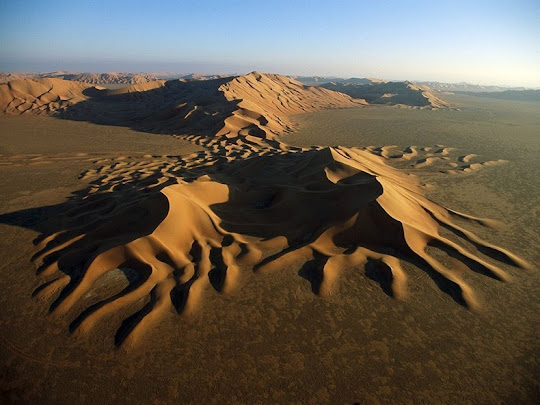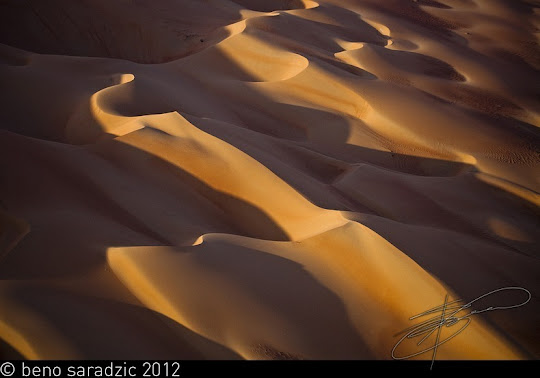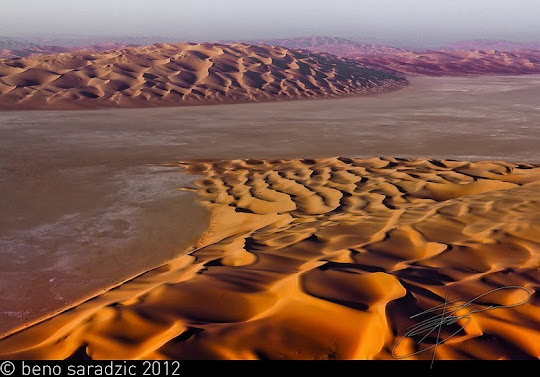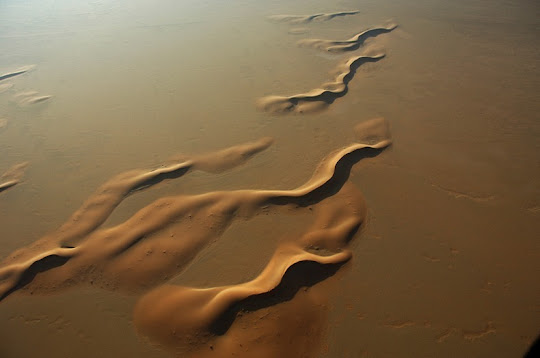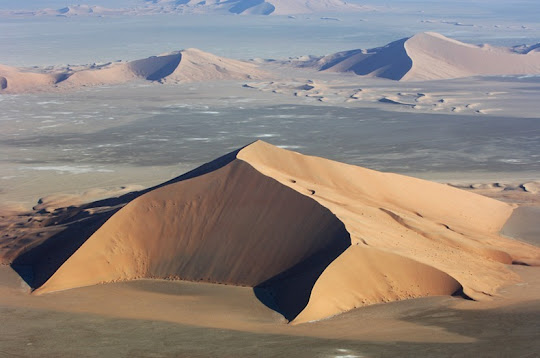The Flatirons are a series of steeply sloping wedge-shaped rock formations near Boulder, Colorado. There are five large, Flatirons ranging from north to south along the east slope of Green Mountain, and numbered from First through Fifth, respectively. Flatirons are created by differential erosion of the rock layer which is inclined in the same direction as, but at a steeper angle than the exposed mountain slope. The ones near Boulder, Colorado, are a notable example of this landform and a ubiquitous symbols of the city of Boulder. Other well developed flatirons are found in the eastern Uinta Mountains in northwestern Colorado and on the flanks of the Marathon Uplift in west Texas.
The name flatiron was derived from the resemblance to an upended household flatiron – those flat, metal irons used to press clothes.
The rocks comprising of the Flatirons are some 290 to 296 million years old. They were lifted and tilted into their present orientation between 35 and 80 million years ago, during the Laramide Orogeny. They were subsequently exposed by erosion that gave them the rugged appearance. They are popular destinations for hikers and rock climbers.

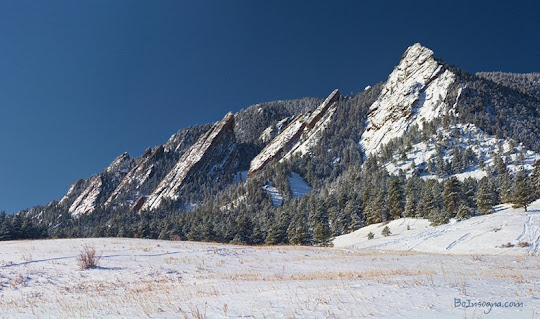

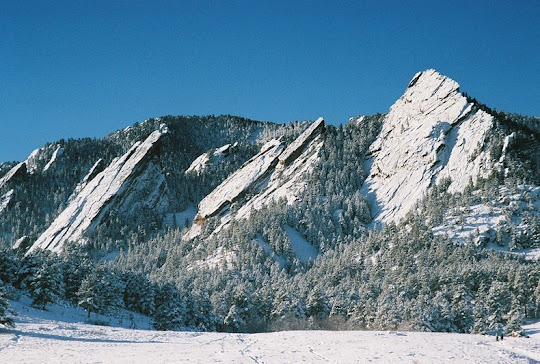
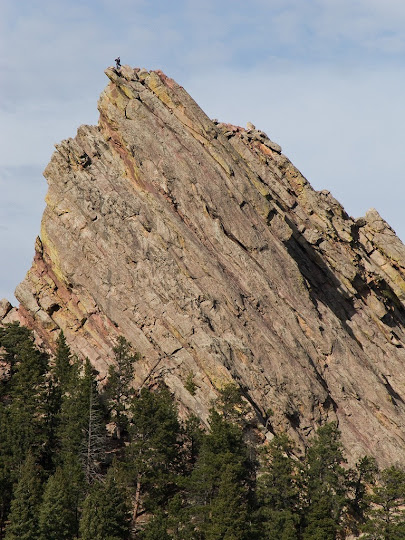
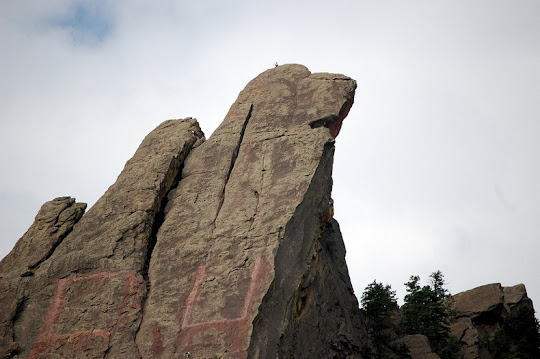
Source
READ MORE»
The name flatiron was derived from the resemblance to an upended household flatiron – those flat, metal irons used to press clothes.
The rocks comprising of the Flatirons are some 290 to 296 million years old. They were lifted and tilted into their present orientation between 35 and 80 million years ago, during the Laramide Orogeny. They were subsequently exposed by erosion that gave them the rugged appearance. They are popular destinations for hikers and rock climbers.






Source


